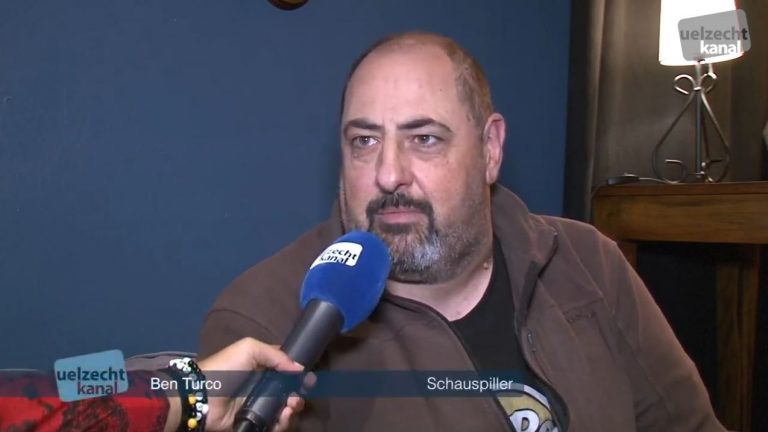Hello ! My name is Patrick and as the initiator of the non profit organization Obskura a.s.b.l. and the movie project “Luxembourg Mystery Tale” (LMT), I’d like to welcome you to the production diary of our new feature movie. In this diary my team and I will keep you informed about the production of our new film and share information about the different steps involved in making an amateur- and/or semi-professional movie.
At the time being, LMT is in preproduction. So in this first episode of the production diary, we’ll explain the concept of preproduction and briefly explain the different stages involved in this all important preparatory stage of shooting a movie :
1) Finding an original idea and writing a script
The first step in making a movie is finding the story you want to tell. You could write your own script or secure the rights for an existent one from the author who wrote it. If you’re running on a tight budget, you could try to convince the author to give you the the rights of his scripts for free, or rather for the promise of turning in his script into an actual movie. If you decide to write your own script, you’ll find tips on writing a screenplay on the Internet and many excellent books have been written on the subject.
2) Gathering a film crew
For the time being, our crew is composed of the eight members of our non-profit organization plus two people who want to help us out. So we presently have a team of 10 people to produce, plan and shoot the movie. That’s a good start, but we certainly could use 2 or 3 more volunteers. From our experience, people working on a no- or low-budget movie need two essential qualities :
- they must be 100% reliable
- they must be able to work in a team, as moviemaking is a teamwork.
If you are really motivated and serious about shooting a movie, all the rest can be picked up pretty fast by doing it on the set. A regular Hollywood movie often involves the participation of several hundred people. An impressive crew that you can’t afford when working on an amateur or semi-pro movie! Some key positions should nevertheless be occupied. You’ll need the following people on your team :
- Director : he decides what is shot and how it is shot. The script is firmly anchored in his head and he always knows what happens next. He motivates his crew, answers their questions, needs very little sleep, is very patient and is ready to improvise whenever needed.
- Camera operator : he operates the camera, controls the image quality and the framing of the shots. In an ideal world he knows how to operate a steadycam and a camera crane and works very closely with the director.
- Soundman : He’s the one with the earphones. His job is to record sound and to control its quality.
- Gaffer : The master of the lights. He controls the lightning of the actors, set and background and is able to add with his lights to the mood and ambiance requested by the script.
- Make-up artist : an important and very busy position on an amateur production : the make-up artist has to powder the actors, brush their hairs, help with the special FX, etc.
- Film crew : There are a zillion things to do on a set, some of which never occur to you before you start shooting, like unrolling electric cables, transporting equipment, setting up lights, moving furniture, organizing props, filling up the fridge, etc. So you’ll be very grateful to have a bunch of people around who are willing to help wherever they are needed.
- Editor : Edits the movie in post production.
Even if people volunteer to work on your movie, make a contract with every person involved into the production. This is especially important with the actors and musicians or bands who have accepted that their name, image, music and voice will be used to promote the movie.
3) Budgeting the movie
Even for a low- or no-budget production you’ll still need some cash. So you’ll need to make a budget which will list everything that will or may cost money at some point. Typical budget positions are:
- actors
- production team
- props and tools
- costumes
- set and locations
- special effects
- make up
- camera and production equipment
- catering
- marketing
You can save a lot of money on all these items if you can manage to find people, who are willing to work for free. On LMT none of the actors or crew members gets paid. Family members and friends will usually gladly take care of the catering for the crew by preparing and sponsoring food for one day of shooting. Today anybody can afford a HD videocam (consumer models – which unfortunately often lack manual control of important camera features – start as low as 1.000.- EUR and prosumer models which give you control about all the important camera features are available from 3.500.- EUR upwards). Editing and compositing solutions can be found for any Mac or PC. The Internet also offers a lot of possibilities to cut the costs on advertising and promoting a movie for a large audience.
Where you should not save money, is on catering for the crew. When people volunteer to work on your movie, you should treat them well and make sure that they have enough to eat and to drink on the set. If you have time to look for sponsors, go ahead and do it. Offer them something in return for their sponsoring: put their logo on your promotion material, shoot a presentation movie for their company, offer product placement, invite them to the premiere of the movie, offer them free DVDs when the movie hits the shelves, etc. The sky is the limit. Just never, ever accept to change your script for pleasing a sponsor.
4) Location scouting
Location scouting is an important stage of the preproduction process, since that’s when you visit and pick the locations where your movie will be shot. Remember that great looking locations will greatly improve the production value of your movie (it will make your movie look more professional and more expensive).
5) Hiring the actors
The easiest way to find actors for your movie is to organize a casting. A casting is an audition for candidates who want a part in your movie. The best way to attract a lot of candidates is to announce the casting in the local press and on the internet. For LMT casting calls were sent to the local press and color ads were published in the local cinema magazine “graffiti” and a local mobile phone magazine. The casting call was also widely distributed via e-mail.
4 casting sessions have been organized at the Utopolis cinema. In every session some 20 candidates got the opportunity to introduce themselves and play a short scene from the script. It is very important to record the casting on camera because some people who have a great presence in real life lose in on screen and vice-versa. The recordings will also give the production team the opportunity to review the candidates’ performances later on to decide which actors to hire
6) The production board
If you don’t want your shooting to end in total chaos, you’ll definitely need a production board. For every day of the shooting the production board gives exact information about who (actors, crew, stuntmen) and what (props, lights, equipment, costumes) is needed on the set or shooting location.
If the crew is big enough you may also consider preparing breakdown sheets for every scene. The breakdown sheets offer a quick one-page summary of everything needed for shooting a particular scene. It helps you to swiftly organize and prepare the shooting of the scenes.
For all these steps you’ll find dedicated software which greatly facilitates the preparation and planning of a shooting. We highly recommend the free software Celtx (www.celtx.com)
That’s it! If you have mastered this 6 steps, you should be ready to start the shooting of your movie. Unlike our first movie (Zombie Film), which we shot in 3 weeks, we’ve decided to shoot LMT during several months and only on weekends. We hope this will allow us to better prepare the different shots and to be more flexible in our actions. Moreover, most of our crew members have a regular job and a family, so that spending 3 weeks in a row on a movie shooting is a nearly impossible mission.
We’ll soon be back with more information on the different steps of shooting “Luxembourg Mystery Tale” and we’ll gladly answer questions and comment reactions as soon as we can.



